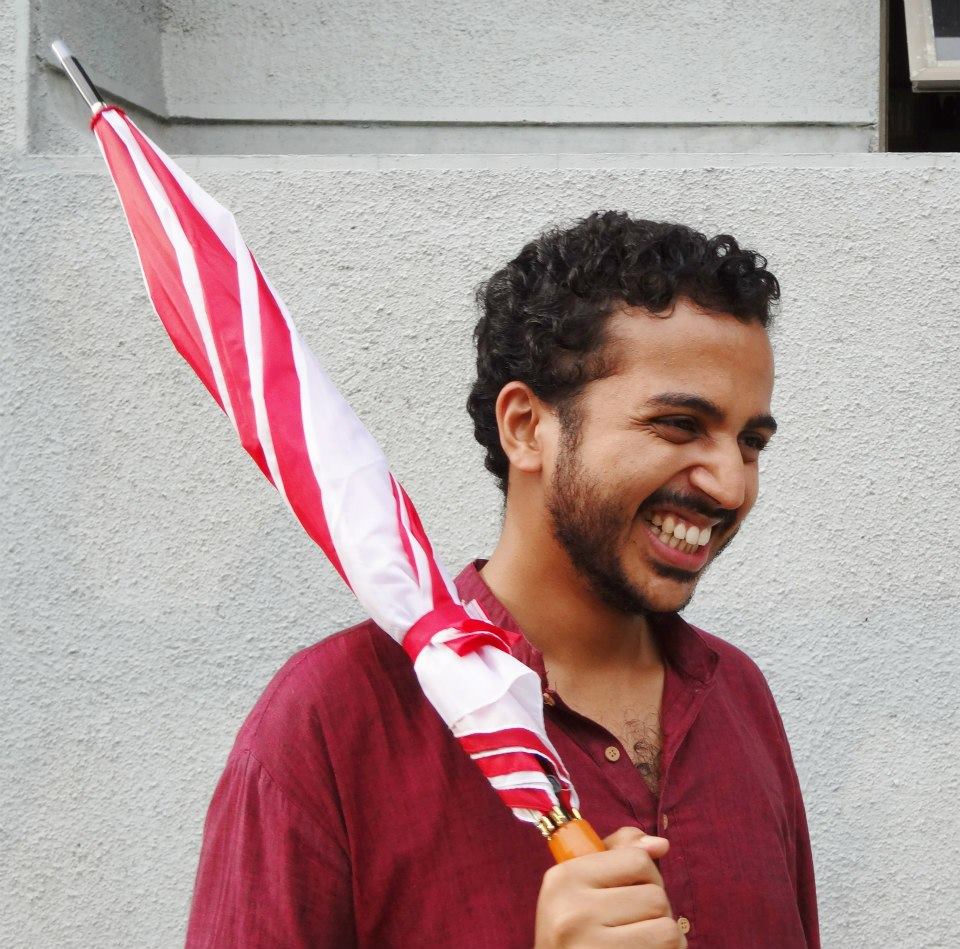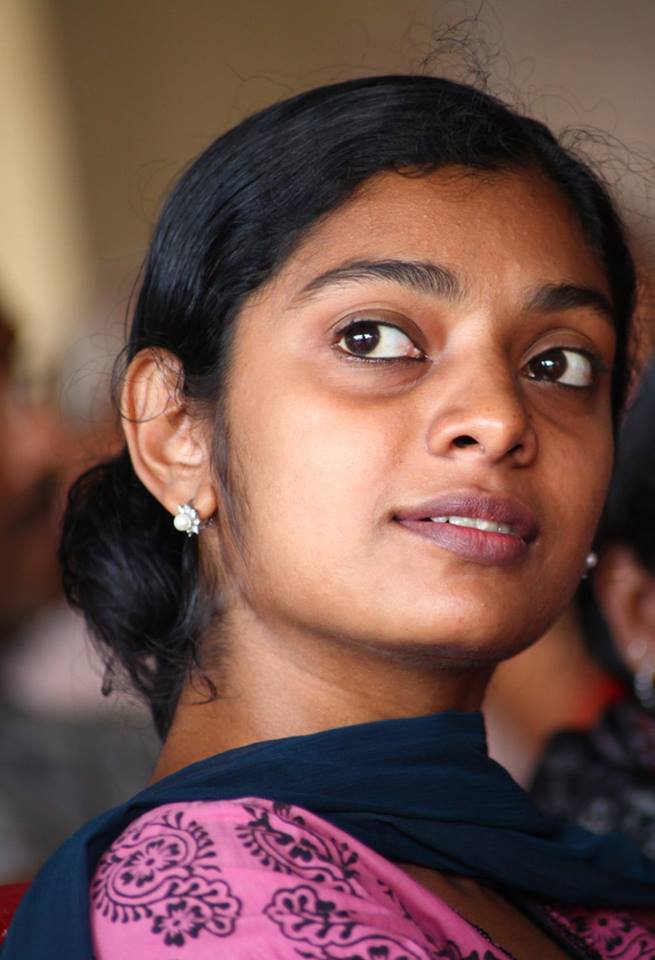Nidhin Shobhana
 This essay is an outcome of a conversation I had with myself. The slaughter of Mohsin Shaikh, a Muslim technology professional was my point of departure. It was a reminder of a potent threat and a safe illusion – the threat of being a minority in an Organized Brahmanic Majoritarian Order and the illusion of being a ‘different’ minority, which does not look like the enemy. We are Christians after all!
This essay is an outcome of a conversation I had with myself. The slaughter of Mohsin Shaikh, a Muslim technology professional was my point of departure. It was a reminder of a potent threat and a safe illusion – the threat of being a minority in an Organized Brahmanic Majoritarian Order and the illusion of being a ‘different’ minority, which does not look like the enemy. We are Christians after all!
The above-mentioned threat and illusion are historical products. People and places have tampered and shaped them. In this essay, I would be expanding my thoughts on the illusion – the illusion of being different and thus safe. I will try to capture my thoughts as responses to two questions. One, how do Christians claim ‘difference’? Two, how do Christians image their foe?
It is important to mention that I do not talk for/about all Christians. My thoughts are an outcome of my own engagements in different Christian groups. In fact, I would invite others to write about how minorities image each other and thereby expose what is rotting inside.
How do Christians claim difference?
The act of claiming difference needs an audience. In our geography, the imagined audience is usually the Caste Hindu. In our juggling act to exist in a ‘caste-bitten’ society, we Christians often dress up in uniforms approved by ‘Caste Hindus’. The almost saffron colour sarees of Catholic nuns is a worthwhile literal example. We focus on our ‘usefulness’. We talk about our ‘service’ to and ‘love’ for society and the nation. This positive image of being a ‘peace-loving, nationalist, useful’ minority works in tandem with negative images of the ‘other’ minority. In other words, the Christian shouts out gracefully that we are ‘useful’ while they are ‘useless’; we are ‘peace-loving’ while they are ‘violent’; we are ‘nationalists’ while they are ‘anti-nation’ so on and so forth.
Historically, such claims have material evidence. We can trace this evidence in the work and life of Christian missionaries in India. Initially, Protestant missionaries had waged direct attacks on Caste by promoting compulsory inter-dinning and common places of worship. Mass conversions among Dalits were a major challenge to the brahmanical order. Mass conversions invite trouble even today. However, over the years, Christian missionaries lost their radical edge. They increasingly wanted to look likeable and conducive to the powerful majority. In fact, when Dr. Babasaheb Ambedkar had made the historic declaration that he would not die a Hindu, a group of elite, Caste Christians met in Madras to jot down the ‘de-merits’ of mass conversion. One important observation was how mass conversions affect the ‘quality’ of Christianity in India. Such observations directly attacked the Dalits and Adivasis who formed the majority of the Christian population in India.
While mass conversions have always invited the ire of Caste Hindus, ‘service’ oriented activities have found a place in the brahmanical order. Christian missionaries have produced the man/woman power to heal the leper, house the destitute and the orphan, provide English education and modern health care. These activities were welcome, as they did not shake any fundamental structures. A Christian education seldom promised an anti-caste, anti-sexist education. On the other hand; it aided the structure by not asking difficult questions. These ‘service’ activities have clearly helped many of us. My grandmother was a midwife trained in one such service venture. Her government job, though stigmatized by caste, paid our bills and sustained the family. However, beyond a certain degree of landless economic mobility our church did not promise any radical transformations. Clearly, Christians have carved out a material basis to claim their ‘usefulness’. Even a hardcore Caste Hindu would eagerly fancy a convent education for his child.
Thus, Missionary activity could define the ‘Christian Subject’ differently. It provided tangible material evidence. The Christian subject is a useful, loving, service-oriented, nationalist being. However, this common sense is ridden by contradictions. It has to adhere to the dominant ideology for its survival. Interestingly, this common sense can be, ‘subversively reformulated’, in the words of Antonio Gramsci, if the Christian subject starts gathering radical strength.
This image of the Christian, works in tandem with the negative image of the Muslim. With the rise of organized Brahmanical forces, Christians have been asserting their difference. This assertion today, intimately involves a performance of hatred towards Muslims. The ‘big boss’ hates them so do we. This brings me to the next question: How do Christians image their foe?
How do Christians image their foe?
Over the years, in several Christian gatherings, across caste groups, I have been a mute listener to thick accounts of the enemy. I know of Christians who refer to Muslims as ‘Anti-Christ’. For me, the single most important feature of these descriptions is their startling similarities to Caste Hindu descriptions of Muslims. It is as if they share a common word bank of epithets to describe Muslims. The image of the bearded enemy, walking down the street after his evening prayers is programmed in one’s mind. The scale of hatred may vary from indifference, antagonism to explicit acts of hostility. However, the image is fixed, unchanging.

The image of the enemy is a shared image. The organized Brahmanical order historically sketched it out for us. In their systemic desperation to forge a Hindu block they ‘muslimed’ their enemy. The dominant image of the enemy defined by caste was camouflaged by religion. However, underneath this newly forged image lay caste hatred. The fact, that most of the Muslims in India are Shudra converts cannot be denied. Over the years, this image has been fed with emotions of the ‘Hindu Nation’. It has been armed with ‘Hindutva Masculinities’. In fact, with the coming of Narendra Modi, the image has been embossed in an iron plate of development and aspiration. For Narendra Modi is not the hegemonic masculinity of our geography! He is muscular, aggressive and assertive but he also comes from a ‘shudra background’. This twist in the tale, presents us with a new ‘hanuman’ moulded in the cast of a Brahmin – A metaphoric Brahmin who worships Mata, Gangamata and Bharatmata.
This combination of Brahmanic hatred and development seem complementary in the face of what Anoop Kumar calls an ‘upper caste revolution’. Moreover, as a concrete fallout it strengthens the image of the enemy. We Christians try to internalise the image, celebrating the illusion of safety embedded in coherence to the dominant order.
The need to burst the illusion bubble
The illusion of safety and the claim to difference begins and ends at the mercy of the Master. We are overwhelmed by a sense of innate helplessness. A sense that we are at their mercy. We always pray for merciful Masters. As a reward, we lead powerless lives. We clean and nurse the Master’s House. We are moved by Mohsin’s killing, but we immediately separate ourselves from him. This act of ‘separation’ is an act of denial. There is dignity only when we hold hands and claim solidarity. This act of dignity will begin only when we answer threats with truth and not illusion.
~~~
Nidhin Shobhana works with Krantijyoti Savitribai Phule Women’s Studies Centre, Dnyanjyoti Savitribai Phule University, Pune.
Cartoon by Unnamati Syam Sundar.








